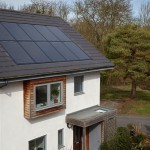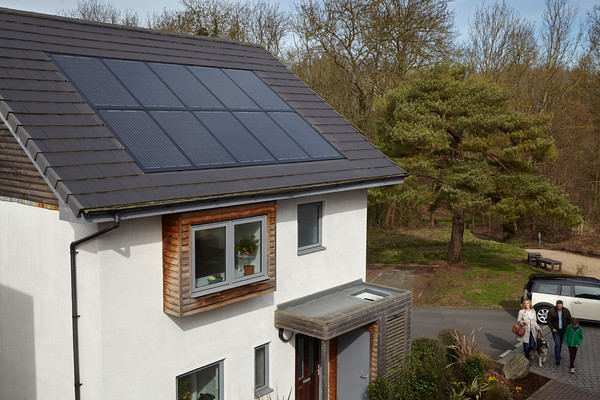Homes with solar panels are apparently amongst the more attractive properties on the UK market due to their higher energy rating. Solar has been identified as the top deal-sealer for prospective buyers, ahead of a house having a conservatory or weekly rubbish collection, solar panel maker Solarcentury says, citing a recent survey of 1,000 UK adults […]
Homes with solar panels are apparently amongst the more attractive properties on the UK market due to their higher energy rating.
 Solar has been identified as the top deal-sealer for prospective buyers, ahead of a house having a conservatory or weekly rubbish collection, solar panel maker Solarcentury says, citing a recent survey of 1,000 UK adults conducted by ING.
Solar has been identified as the top deal-sealer for prospective buyers, ahead of a house having a conservatory or weekly rubbish collection, solar panel maker Solarcentury says, citing a recent survey of 1,000 UK adults conducted by ING.
This will appeal to buyers who want a return on investment but are not sure how long they will live in their homes.
Solarcentury, which is soon to launch a new solar system, called Sunstation, expects that more homeowners in the UK will be choosing solar power in the future.
The new system will be launched in late July and, according to Solarcentury, will appeal to customers more than existing panels. This is because apart from delivering a high-quality performance the sleek black panel will look better. Unlike traditional panels it will also fit within the roof itself rather than lie on top of it.
Solarcentury found that many people are put off by the way conventional solar systems look and this is a major barrier to installations. A survey conducted among 1,052 UK adults on behalf of the solar company shows that more than half (58 per cent) of homeowners believe existing on-roof panels are just too unattractive, with 86 per cent wanting new additions to their home to ‘look stylish’. Two-thirds (65 per cent) said that if they installed solar panels they would have to be less visible and not stand out and a third (32 per cent) even said it was important what their neighbours think about new additions to their home.
There are projections that solar power will become the biggest source of energy by 2050. It is growing in popularity in Britain as well. Last year saw a doubling in the number of domestic solar installations and currently half a million homes across the country are powered by solar panels.
Solar photovoltaic (PV) panels in the UK now total 7.5GWp of installed capacity, which is enough to power over 2.2 million homes. Solar electricity generation almost doubled last year, up from 2.8GWp at the end of 2013.














